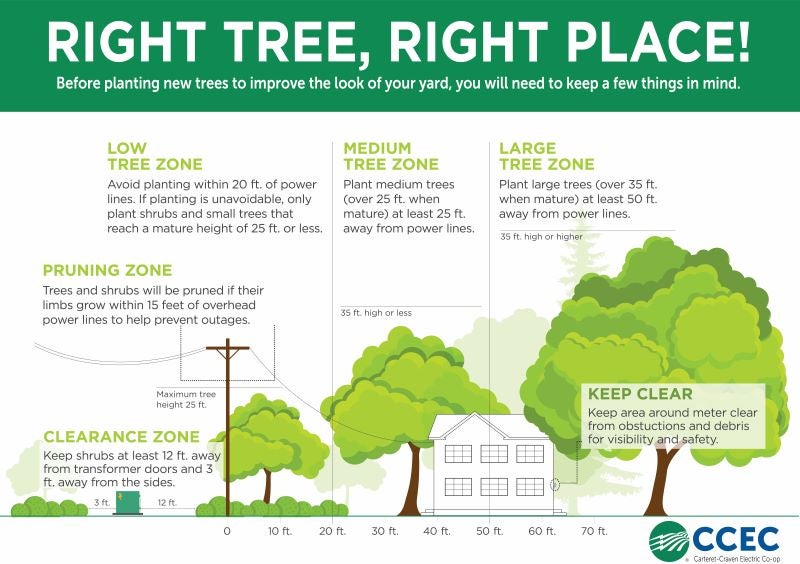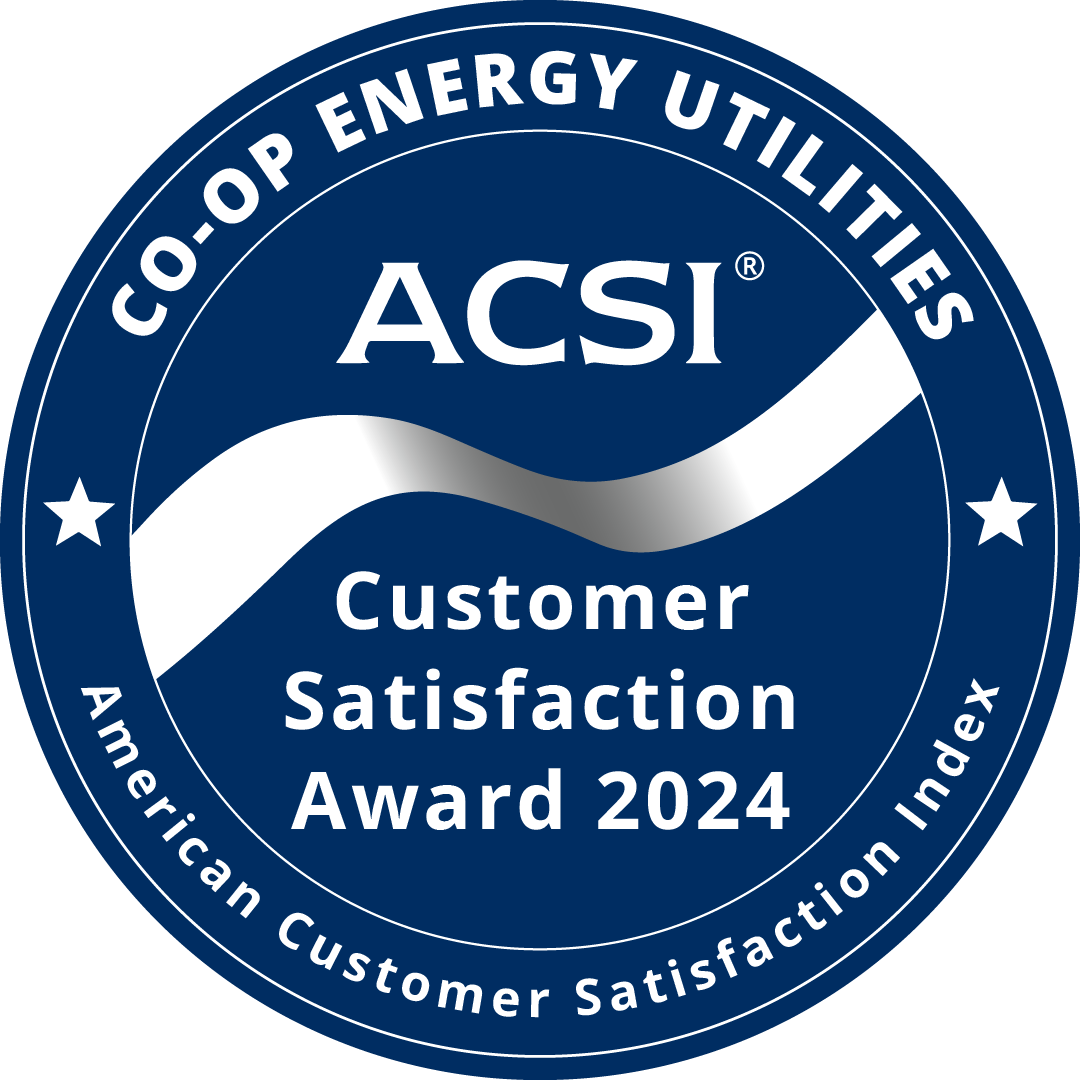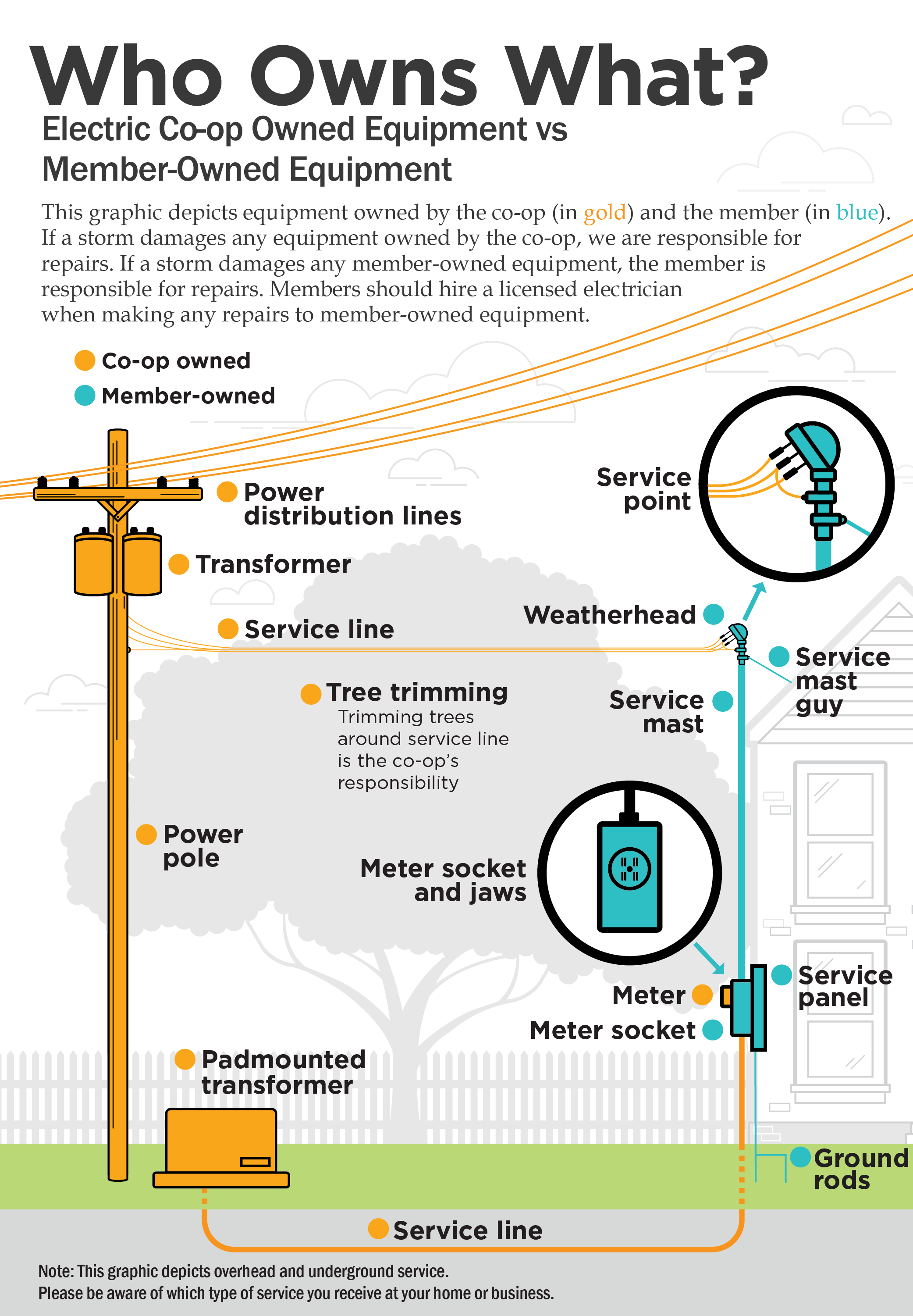
When powerful winds roll through our area and we experience outages, we often are asked why we don’t have more of our power lines buried underground.
While more than half of the cooperative’s lines are underground, overhead lines are still more affordable to construct, repair and maintain. Faults on the line can be visually inspected, and repairs are usually made quickly. Those factors come into play prominently when bad storms and hurricanes strike and our crews need to quickly find and fix problems. That’s not the case with underground lines.
A majority of the underground lines are in newer residential subdivisions, where developers and homeowners prefer underground lines for aesthetic reasons. In fact, aesthetics is the main reason those lines are buried in new construction projects, and they do fail less frequently than overhead lines, but underground lines are not without problems.
While the cooperative uses the most reliable underground technologies and materials available, such as insulated cable and protective conduit, problems with existing underground cables can still take longer to find and fix. Additionally, the cost of installing underground cable is much higher than building overhead lines and they are much more expensive if they need to be replaced. Underground cable costs roughly 3 times more per mile than overhead distribution lines.
While it may make sense to go underground with power lines in new developments, replacing existing overhead lines in developed areas is not usually a financially feasible option. It’s costly to install lines in a way that minimizes disruption to residents and businesses.
Replacement means disturbing existing landscaping and boring under existing driveways. The work, if not done properly, can cause accidental damage to other utility lines such as cable, phone or water. Conversely, underground power lines can be accidentally damaged by crews working on other underground utilities or building projects.
We make it easy for professional excavators and homeowners alike to locate underground utilities by joining the national “Call Before You Dig” program. 811 is the national number designated by the Federal Communications Commission to help protect homeowners and professional excavators from unintentionally hitting underground utility lines while working on digging projects.
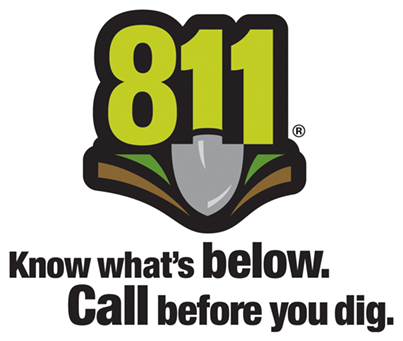
Why call 811?
Every digging project, no matter how large or small, warrants a call to 811. Installing a mailbox, building a deck and planting a tree or garden are all examples of digging projects that should only begin after underground lines are marked. Hitting an underground utility line while digging can harm the environment, cause serious personal injuries, disrupt service to an entire neighborhood and potentially incur fines and repair costs.
How does it work?
You need to call at least 72 hours before digging Dialing 811connects callers in North Carolina with the state’s one-call center (www.nc811.org). A representative from the one-call center will ask you for the location and description of your digging job. The representative will then notify CCEC and other affected utility companies to send professional locators to the proposed dig site to mark the approximate location of your lines. Once your underground lines have been marked, you will know the approximate location of your utility lines and can dig safely.
If you are installing a pool in your yard, you need to know that the National Electrical Safety Code requires a 22.5 foot clearance in any direction from the water level, edge of pool, diving platforms, pool sliding boards or other fixed pool-related structure to the overhead electric service line, and a 25-foot clearance from overhead primary lines. The code applies to in-ground and above-ground pools, hot tubs, and the like.
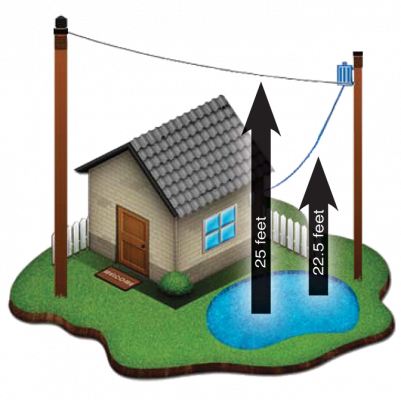
Additionally, all pools must be a minimum of 5 feet away from any underground electric cables. Call before you set up any in-ground or above ground pool or hot tub to be sure clearances are met. Before digging for any pool or yard project, call 811 to have underground cables located.
Failure to check clearances can result in additional expense if we have to move any of our lines and facilities or if the pool or hot tub must be moved to comply with the National Electrical Safety Code.
The clearances are designed to protect swimmers and people using rescue and skimmer poles, which are typically aluminum, and to keep the path clear for utility workers.
Carteret-Craven Electric Cooperative's goal is to provide safe and reliable electric service to our members. To do this, we must manage the growth of certain vegetation that could interfere with providing you reliable service.
Cooperative crews manage unwanted vegetation within right-of-way easements using a variety of methods which are periodically evaluated for safety and environmental impact. The cooperative uses an Integrated Vegetation Management (IVM) approach which includes a combination of mechanical (mowing and sky trimming), manual (hand-cutting), and chemical (herbicides) methods.
Maintenance is performed throughout the year. We utilize line clearance contract crews to routinely trim and remove unwanted vegetation surrounding more than 2,500 miles of overhead and underground distribution lines. When herbicides are used, these applicators utilize low volume backpack methods, specifically targeting trees and vegetation that can grow directly into the overhead lines, as well as restrict access to the poles on our system. Herbicides used include small amounts of Trycera, Arsenal, Method, Polaris, Escort, and/or AquaMaster are used in conjunction with each other to provide the best treatment for the planned area. A color dye is also used for identification and auditing purposes. All of these products have been tested and approved for this use by the Environmental Protection Agency (EPA). To learn more, click here.
Carteret-Craven Electric Cooperative manages its right-of-way with concern for the environment. By using herbicide that specifically targets woody vegetation, it allows the native grasses to grow, creating habitat for wildlife as well as an environment that pollinators can thrive in. By doing so, this also allows the cooperative to continue to provide safe and reliable electric service to our members and access the utility poles within our easements efficiently in the event maintenance or repairs are needed.
Questions regarding our right-of-way and vegetation management program can be directed to CCEC's Vegetation Management Coordinator, Brent Toler at brentt@ccemc.com.
If you have trees in your yard that are endangering our lines and equipment, please give us a call at (252) 247-3107 or (800) 682-2217 or complete this form to request trimming. We will contact you by phone before we send any crews or equipment to your property.
Before planting new trees, here are a few things to keep in mind.
